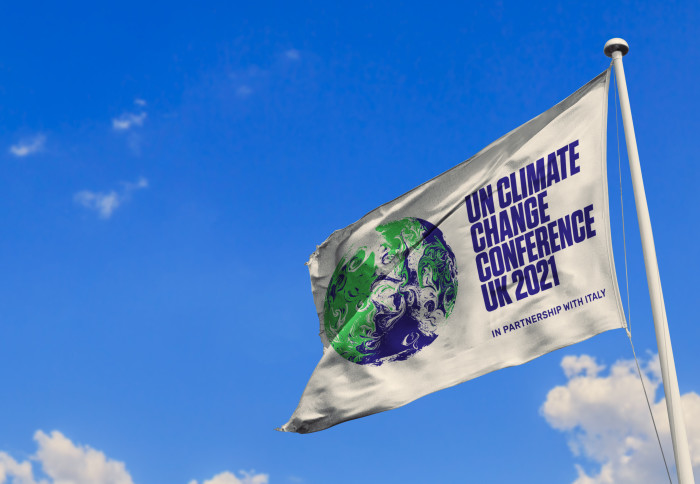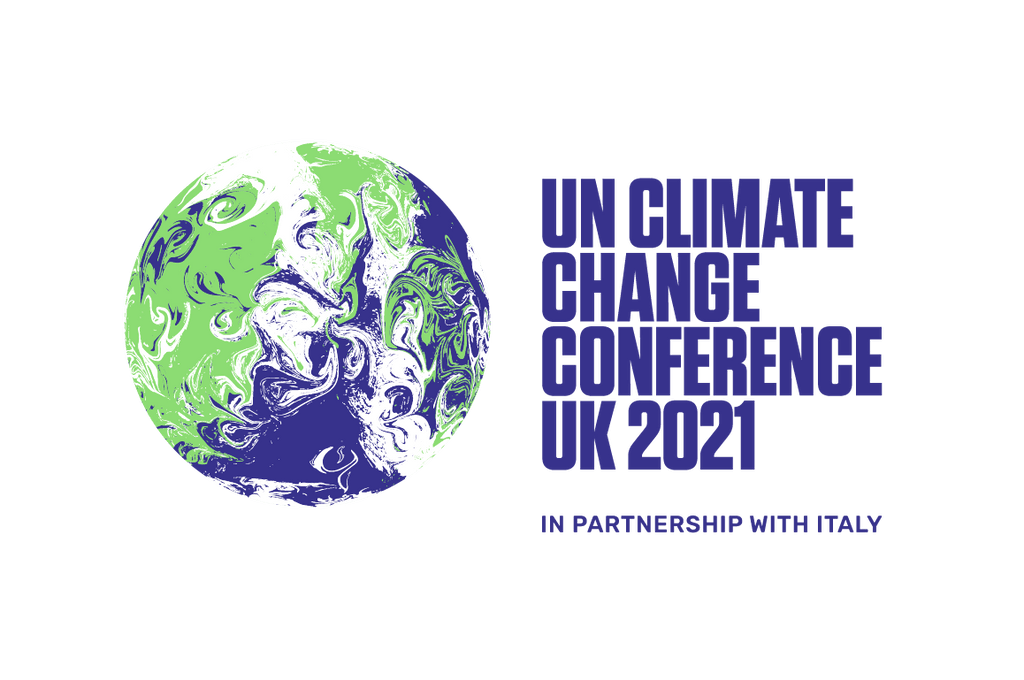
At a virtual briefing today in the lead-up to the UN climate conference in Glasgow, Indigenous leaders and researchers reported on the evidence that has led COP26 organizers to place tropical-forest communities at the center of plans for mitigating climate change.
Hosted by the UK Government, the 26th UN Climate Conference, opening on November 1, will feature Indigenous leaders as speakers at high-profile events and bring to the COP dozens of traditional knowledge holders, whose practices, according to the IPCC’s latest Global Assessment, “can accelerate wide-scale behavior changes consistent with adapting to and limiting global warming to 1.5°C.”
“We will only be able to help the natural world recover if those who depend on nature most directly—and who understand it most deeply—are at the heart of protecting and restoring it,” said Rt Hon. Lord Goldsmith, Minister for Pacific and the Environment at the Foreign, Commonwealth & Development Office and the Department for Environment, Food and Rural Affairs.
A growing body of research—including from the Intergovernmental Panel on Climate Change (IPCC), the Intergovernmental Platform on Biodiversity and Ecosystem Services (IPBES), and the New York Declaration on Forests—support recognition of the rights of these communities as a vital strategy for stopping the environmental damage that fuels climate change, biodiversity loss, and pandemic risk.
“We hold in our communities the best carbon capture technology the world has to offer—our forests,” said Tuntiak Katan, an Indigenous Shuar leader from Ecuador, who serves as general coordinator of the Global Alliance of Territorial Communities and vice-coordinator of the Congress of Indigenous Organizations of the Amazon Basin River (COICA). He will be addressing global policymakers during the World Leaders Summit at COP26.
Based on insights derived from his own work and that of dozens of others, Peter Veit, senior researcher with the World Resources Institute, highlighted some of the strongest evidence that has put a global spotlight on Indigenous peoples and local communities (IPLCs) and their outsize role in protecting tropical forests.
“Indigenous peoples and local communities (IPLC) are effective at stemming deforestation by managing their forests in sustainable ways, whether reducing fire risk or avoiding the overexploitation of resources,” Veit said.
“We have good data now, and there’s no question that IPLC lands are important for meeting climate targets. If you look at Indigenous lands in the Amazon basin, you’ll see that collectively they are a strong carbon sink. In the rest of the Amazon, including in the protected areas, forests outside Indigenous territories represent a carbon source.”
“We invite our global partners to invest in scaling up community land rights and in supporting our proposals for community-based solutions,” Katan said. “We also welcome the growing global interest in how nature can contribute to the battle against climate change, but we are convinced the world cannot reach the Paris climate goals without us.”
The evidence suggests the need for investing in effective solutions that can be implemented immediately, Veit said. A comprehensive report published October 12 reveals that since 2014, the annual rate of tree cover loss has increased by 40%, reaching nearly 26 million hectares per year—an area the size of the UK.
Tropical forests have taken the biggest hit, accounting for 90% of all forest loss since 2014. Forests and lands represent 30% of the carbon we need to mitigate to achieve the Paris Agreement goals. The authors argue that funding should go “to a consistently overlooked solution to protecting forests: granting land rights to Indigenous peoples and local communities (IPLCs).”
Goldsmith criticized the tiny amount that the global community spends on Indigenous peoples’ land-tenure rights and said that governments bear a unique responsibility to set change in motion.
“The UK and our partners will use our full leverage to call for greater recognition of Indigenous land rights,” he said. “Shining a light on global efforts and coordinating across sectors will help to create the political will needed to meet the challenge.”
“Throughout the upcoming climate conference, we will have the privilege of hearing directly from Indigenous and local communities – including at the World Leaders Summit Forest and Land Use Event on 2 November, where I hope we’ll be hearing some big announcements,” he continued.
About half the world’s land is community land, although some estimates put that figure as high as 65% or more. Community land supports over two billion people (almost a quarter of the world’s population), including 370 million to 500 million Indigenous people.
Yet only 10% of the world’s land is recognized under national laws as belonging to IPLCs and even less is formally registered with an official land title or certificate. Community land is under growing threat from companies and investors scrambling to acquire acreage for investment purposes and industrial agriculture and from illegal activities like logging, mining, and hunting.
“For far too long, the best guardians of the forests have been overlooked in policy debates that emphasize top-down technological and market-based solutions to climate change,” said Darren Walker, president of the Ford Foundation,” who called for more and better-funded public-private partnerships aimed at driving climate finance to the local level.
“There is no viable solution to the climate crisis without forest and land management. We must invest in equally important community-based solutions. This means investing in the rights and resources of Indigenous peoples and local communities who already care for those lands—because the planet’s future depends on it.”
Lord Goldsmith highlighted a pipeline of new initiatives designed to deliver on this goal, including the UK’s new £100 million Biodiverse Landscapes Fund. “But public money will not be enough; the problem requires profound, systemic change, which is why the UK is supporting an alliance of countries committed to identifying issues and shifting the perverse incentives that are driving destruction in favor of renewal.”
Investing funds locally and securing community land tenure at scale can have a significant impact, said Nonette Royo, Executive Director of The Tenure Facility, a Stockholm-based organization working to advance the recognition of Indigenous peoples’ and local communities’ land rights.
By the end of 2020, The Tenure Facility and its partners had advanced collective tenure security over more than 14.2 million hectares, while showing that scaling up land tenure can reduce conflict.
“We take our cues from the people on the ground,” Royo said, “and that is how we have achieved success. We also need to invest funds and provide advice at the speed and scale required to secure tenure and sustainably manage millions of hectares at risk,” she added.
In Peru, the Tenure Facility has worked with partners to strengthen rights over more than 3.5 million hectares of Indigenous territories, and in Mali, they have collaborated with local groups to pioneer innovative approaches and tools for resolving tenure conflicts and managing natural resources through village-level land commissions.
Land rights are a vital first step, but more must be done if forest communities are to withstand growing threats to the precious ecosystems they protect, Royo and Veit agreed.
“We must improve community governance around land and not just focus on providing IPLCs only with titles to their lands,” said Veit. “We need to help communities develop land-management plans and stick to them. And we need to complement the secure rights with economic incentives that push and promote sustainable land-management practices.”
“There is no question that changes in land and forest management can happen far more quickly than shifts in energy systems or other sectors,” he added.
“If the global community is going to continue to drag its feet on transitioning away from fossil fuels, we must buy ourselves time. And we can do this simply by acting rapidly to support the efforts of Indigenous peoples and local communities to protect and restore forests, creating a bridge to a fossil-free world.”












